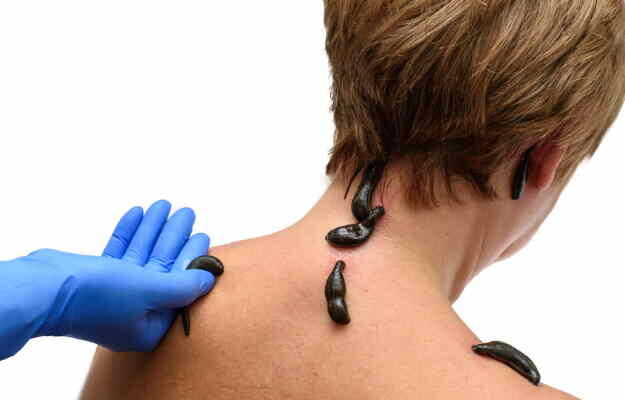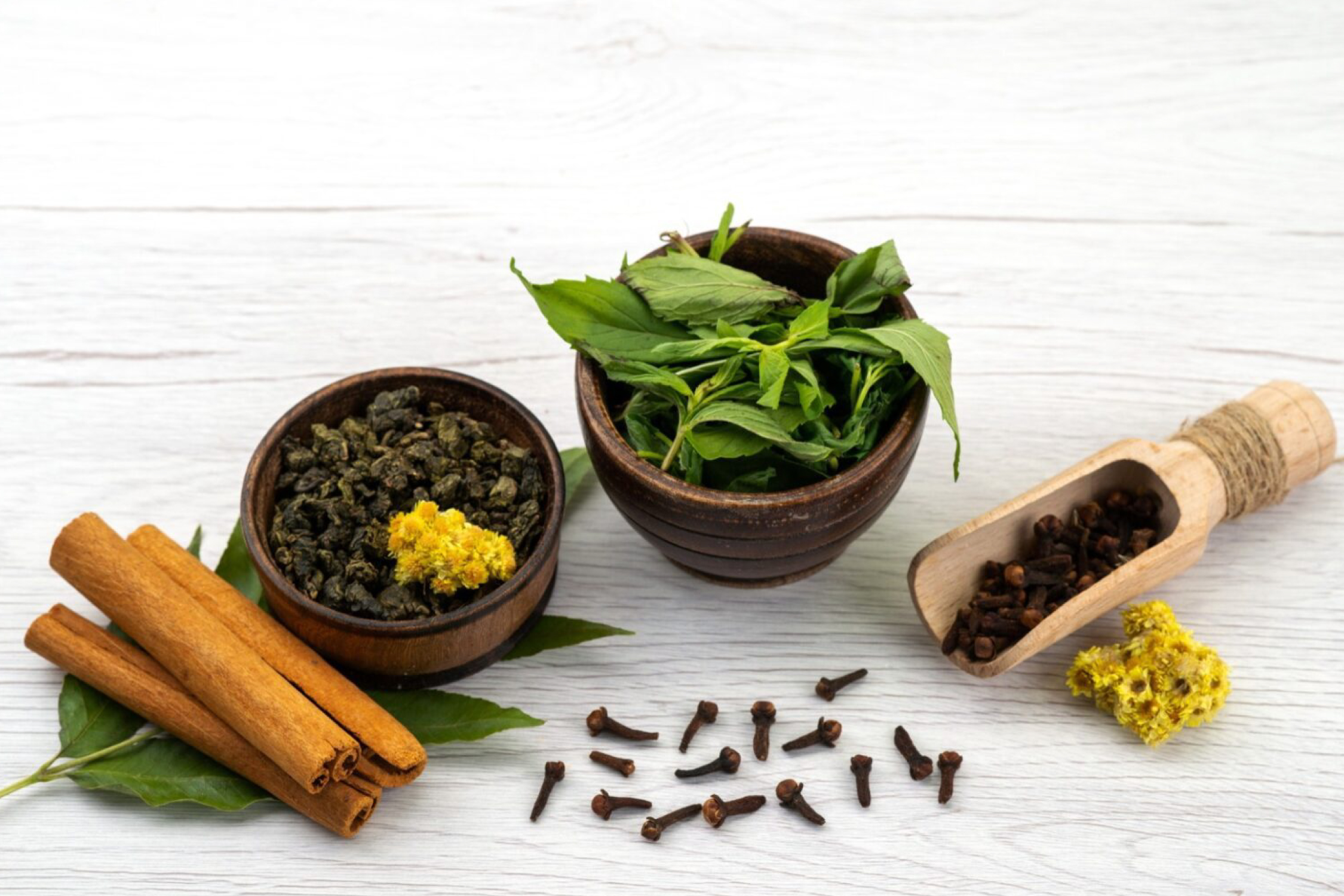Panchakarma is derived from the Sanskrit word for five treatments. The process entails cleansing the body of toxic material formed as a result of illness, poor lifestyle, toxic medicines, and poor nutrition. Panchakarma is a therapy that aims to achieve balance in the body, mind, and consciousness. It cleanses the body of accumulated waste and corrects dosha imbalances (vata, pitta and kapha).
The digestive system (agni), hormones, and metabolic factors that are helpful in regulating the internal homeostasis of the body are all disorganised by an imbalanced diet, lifestyle, lack of exercise, and genetic susceptibility.
Cleansing procedure that provides a unique approach of ayurveda with internal purification of the body through the shortest possible routes, assisting the body to achieve dosha, dhatu, mala, and rejuvenation equilibrium. A specific panchakarma method is then prescribed based on the individual’s prakriti, constitutional disorder, and vikriti. Body waste/toxins are referred to as ‘Ama’ in Ayurvedic terms. These are harmful substances that should be completely removed from the body. Panchakarma therapy is administered based on age, immune status, Ayurvedic constitution (prakriti), and a variety of other factors. Individuals are treated according to their needs.
BASIC SHODHANA KARMA
The cells/tissues of your body are cleansed from within, with the help of Panchakarma treatment. Vamana, Virechana, Basti, Nasyam, and Rakthamoksha are all part of the process. Panchakarma, according to Ayurvedic knowledge, should be received as a seasonal treatment to maintain physical and mental health. It can be used to treat any disease as needed (under the guidance of Ayurvedic doctors)
Panchakarma is a method of cleansing the body of all unwanted waste after it has been lubricated. The number of Panchakarma is five, hence the term PANCHA means ‘five’ and KARMA means ‘procedures’. Panchakarma treatment is unique in that it includes preventive, curative, and preventive actions for a variety of diseases. The body can be divided into parts that require cleansing. GIT (gastrointestinal tract), upper and lower.
The five main Karmas for cleansing the entire body are as follows:
Vamana – (Therapeutic Vomiting) the expulsion of doshas through the upper route in order to eliminate the kapha that is causing the excess mucus. The patient will feel immediate relief once the mucus has been removed. The individual gains strength, nourishment, and immunity, increases fertility, virility, and sexual power, and slows the ageing process. Resting, fasting, smoking certain herbs, and suppressing natural urges were all removed after Vamana. Contraindications include: cardiac issues, ascites and liver cirrhosis, chronic diabetics with complications, very sick patients, cancer, and so on.
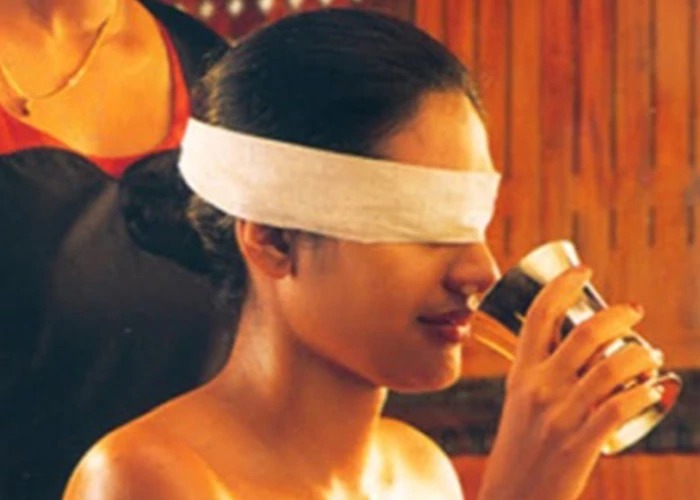
Virechana-(purgation) is the removal of doshas from the lower route. The use of threptic purgation or a therapeutic laxative. Purgatives help in the relief of excess pitta, which causes bile disturbances in the body.

Basti (enema) The ayurvedic basti involves the introduction of herbal decoctions of sesame oil and certain herbal preparations in a liquid medium into the rectum. The medicines travel throughout the body via the srothas. Even though basti dravyas are released quickly with mala, their potency spreads throughout the body due to the action of panchavata
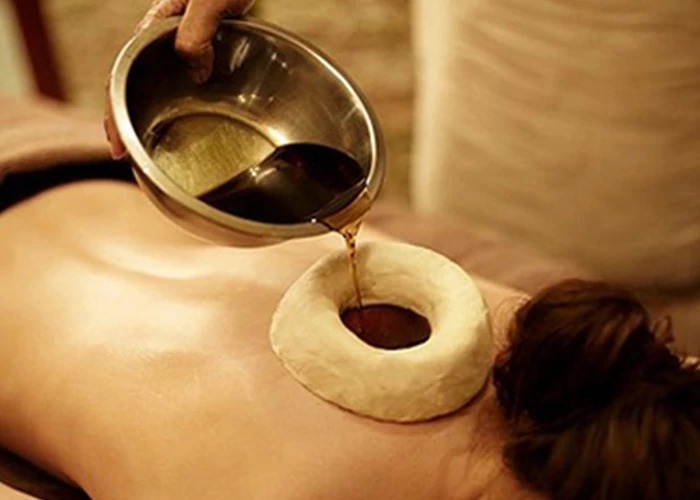
Nasyam-Toxin elimination through the nose is known as nasyam. It is beneficial in the treatment of diseases that occur in the organs located above the clavicle, but it also has an indirect effect on the entire body by improving the function of the endocrine glands and the main doorway to Shiras. The medication enters the brain via the nasal route and acts on higher brain centres that control various neurological, endocrine, and circulating functions, resulting in both local and systemic effects.
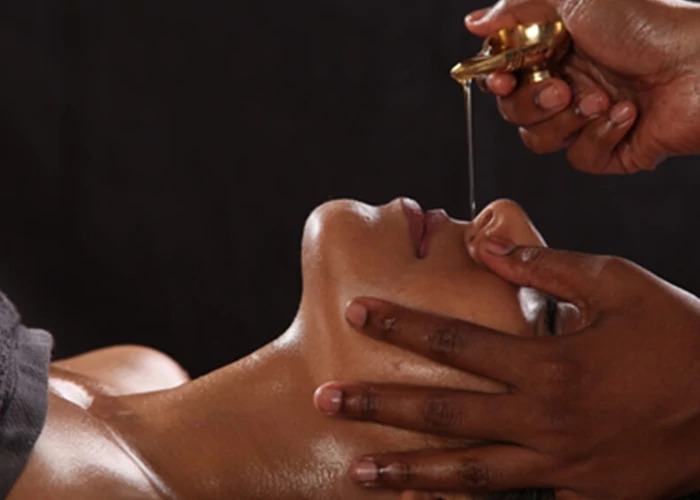
Rakthamoksha (detoxification of the blood). A small amount of blood extracted from a vein relieves the tension caused by pitta dosha in the blood. Jalaukavacharana begins with a leech bite that is usually painless, followed by the sucking of 5 to 15 ml of blood.
After panchakarma therapy, avoid strenuous exercise, sexual activity, late nights, loud noise, television, and other special care to keep warm and away from the wind to observe one’s thoughts and experiences, restrictions on cold drinks, cold food caffeine, white sugar, recreational drugs, alcohol, and diary products.
